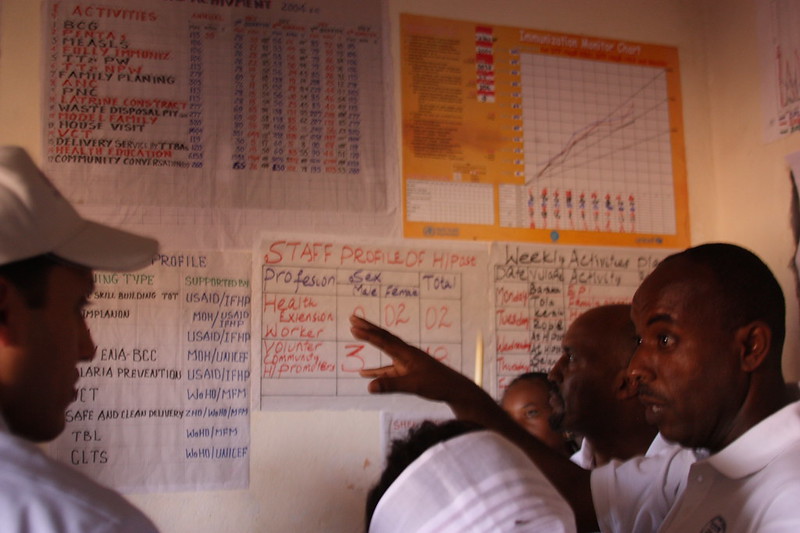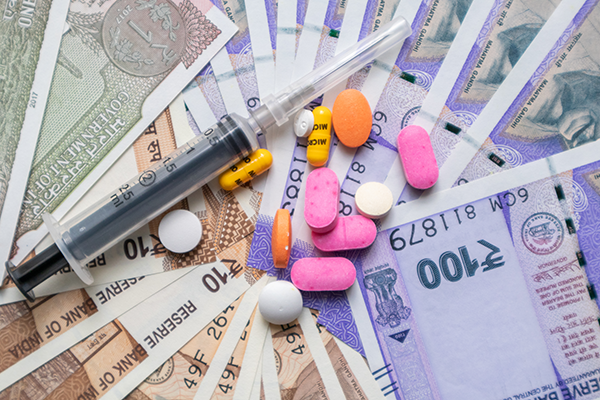As we head into June, reports have continued to emerge that highlight the magnitude of the indirect effects the COVID-19 pandemic is having on health systems around the world. The pandemic has created additional barriers for patients accessing essential care, whether it be restrictions on movement, transportation restrictions, stigma, impoverishment from loss of livelihoods, or avoidance of care due to concerns over contracting the virus.
Our aim is to highlight some of the key findings of the indirect health effects of COVID-19 from the past few weeks. As mentioned in our previous blog, we have built an open-access inventory of accounts of indirect health effects of COVID-19. The inventory is designed to support researchers across the world in their attempts to quantify these indirect health effects of COVID-19, and provide pragmatic approaches to minimise these effects, using timely and real-life examples. You can find the current inventory here.
In addition to this open access inventory, we will be posting regular snapshots to broadcast some of the key published findings of the secondary health effects of COVID-19. See our previous blog here for our first snapshot.
We would like to emphasise that this is a snapshot of a quickly evolving situation, rather than a comprehensive overview of the indirect impact of COVID-19 around the world. Our updates aim to give a horizontal view, showing the complex and fast changing nature of the pandemic. We encourage you to stay tuned for more of some key indirect health effects of COVID-19 and to keep sharing resources with [email protected] for inclusion in the inventory.
Health areas
Non-communicable diseases
- Feral-Pierssens and colleagues analysed electronic medical and administrative data systems of 22 hospitals in France, and they have shown a decrease of all emergency department visits by 26 percent, i.e. decrease of: 34 percent of strokes, 32 percent of transitory ischemic attacks, 64 percent of unstable angina, 42 percent of appendicitis, and 36 percent of seizures. These events are unlikely to have reduced within the population, which leaves the authors with the conclusion that these events are occurring with no emergency medical intervention.
- In a study published in Targeted Oncology, Raymond and colleagues investigated the various aspects of cancer care during the pandemic using data from China, and concluded that contracting the COVID-19 infection along with the breakdown of healthcare, and the economic crisis, will have an unprecedented impact on cancer patients worldwide. The authors recommend implementing interventions post-outbreak to ensuring rescheduling of patients who have been postponed for diagnosis and treatment to mitigate the impact of patient health.
Communicable diseases
- A recent report from the group that has worked on COVID-19 models at Imperial College London has shown that if all malaria-control activities are highly disrupted—including prevention, education, testing, and treatment—the malaria burden for 2020 could more than double that of 2019, resulting in large malaria epidemics across Africa.
- Results from many mathematical models have shown that COVID-19 is likely to have a severe impact on the estimated 37.9 million people living with HIV in Sub-Saharan Africa. The models suggest if there is a six month interruption of supply of antiretroviral drugs across the whole population of people living with HIV, they would expect to see approximately a 2-fold increase in HIV-related deaths over a one year period, compared to a scenario with no disruption.
Maternal and child health
- A paper published in the Lancet has modelled three scenarios in which coverage of basic life-saving interventions for maternal and child health are reduced to different extents (10 percent to 50 percent) and for different durations (3, 6, and 12 months) as a result of a combination of factors including reduction in demand for health services, availability of supplies and equipment, as well as health workers. These early estimates show a worrying 9.8 percent to 44.7 percent increase in under five child deaths per month, and an 8·3 percent to 38·6 percent increase in maternal deaths per month.
Mental health
- The Times of India reports that mental health services face disruptions due to COVID-19, similarly to other health services. In addition, symptoms of anxiety and depression are exacerbated by a global pandemic and country-wide lockdowns.
- Wang and colleagues investigated the psychological impact of the pandemic, including anxiety, depression, and stress during the initial stage of the outbreak in China. Their study published in the International Journal of Environment Research and Public Health shows that individuals with pre-existing mental disorders are more likely to experience a worsening of their mental health status during COVID-19 pandemic. Respectively 16.5 percent and 28.8 percent of respondents reported moderate to severe depressive symptoms and anxiety.
Various
Public database
- A public database has been created by researchers in India to keep track of the reported deaths that have happened as a result of the lockdown, including starvation, exhaustion, accidents during migration, lack of medical care, suicides, police brutality, crimes, and alcohol-withdrawal. At time of writing, the count stands at 742, with deaths attributed to coronavirus directly at 5394. That means that an estimated 12 percent of deaths in India have happened as a result of lockdown measures.
In good news...
- The International Energy Agency annual review has reported that energy demand worldwide could drop 6 percent in 2020 across oil, gas, coal, electricity, except for renewables.
- Digital Health strategies adopted during the outbreak could be turning the crisis into an opportunity. An article published in JMIR Public Health Surveillance discusses how eHealth used in Catalonia has been successful in reducing face to face appointments. In the US, deregulation and expansion of telepsychiatry services have led to increased access and treatment options for a variety of patients (not only COVID).
Stay tuned for more information on our project, and please do get in touch via email ([email protected]), Twitter, or in the comments section of this post if you have any resources or news that you would like to see included in our inventory.
Disclaimer
CGD blog posts reflect the views of the authors, drawing on prior research and experience in their areas of expertise. CGD is a nonpartisan, independent organization and does not take institutional positions.
Image credit for social media/web: Renate Wefers via Adobe Stock





